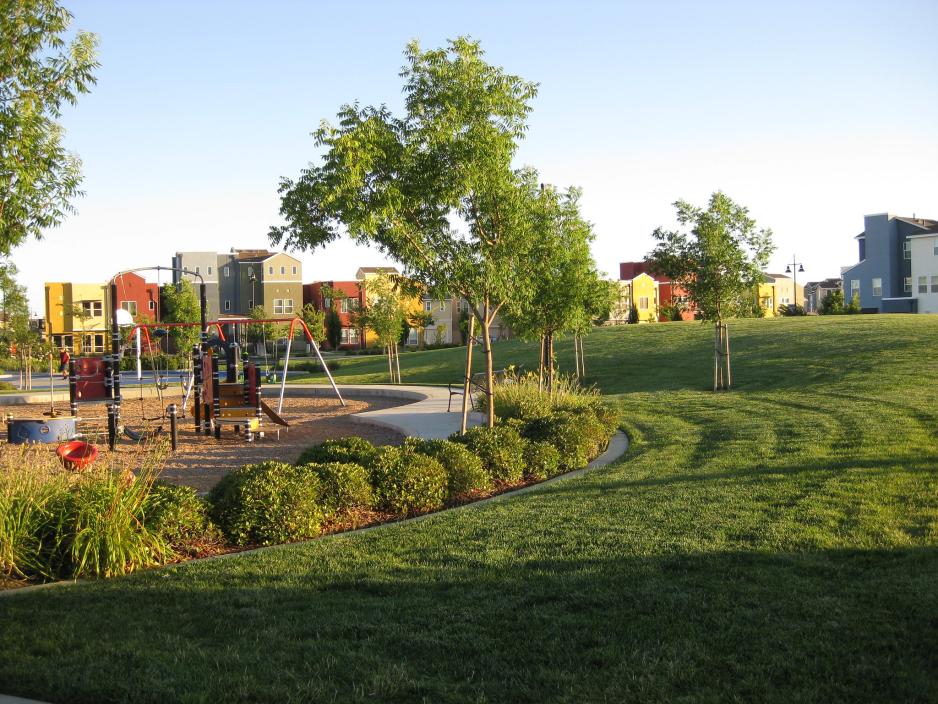Consider special taxes and assessments to include value capture strategies that convert a portion of developer profit into public benefit.
- Include residual land value calculations in project proformas and offer community benefits such as public open space and transportation amenities as standard project components.
- Expect jurisdictions to levy special taxes and assessments to close infrastructure gaps in the area around the project site, either via existing Landscape and Lighting Districts or by employing Mello-Roos authority to fund capital improvements.
- Be willing to join assessment districts such as Enhanced Infrastructure Financing Districts (EIFDs) to allocate project tax increment and property taxes toward improvements in the surrounding community.
Body
